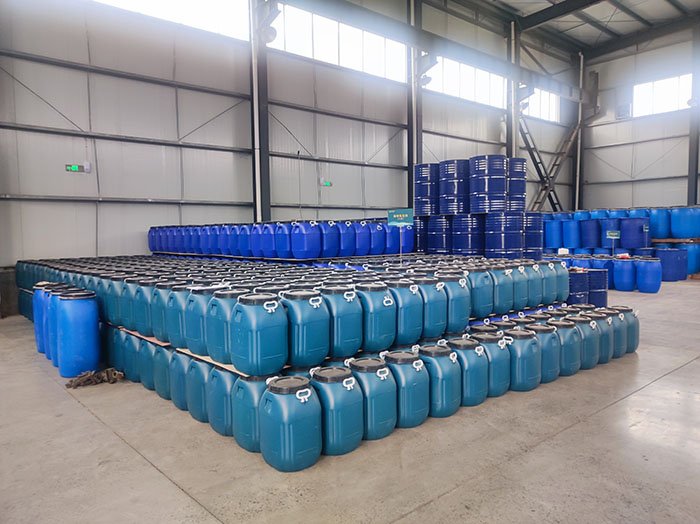The production process of asphalt warm mix varies depending on its type (such as organic additives, chemical additives, foaming technology, etc.), but the core steps include raw material processing, mixing reaction, finished product preparation, and packaging. The following is the production process and key technical points of a typical warm mix agent:
1. Main types and corresponding processes of warm mix agents
(1) Organic wax warm mix agents (such as Sasobit, Licomont)
Raw material preparation:
Main materials: Fischer Tropsch wax, polyethylene wax, etc.
Accessories: antioxidants, dispersants (to improve compatibility with asphalt).
Production process flow:
Melting and mixing: Heat the wax based material to 100-150 ℃ to melt, add auxiliary materials and stir and mix.
Homogenization: The mixture is uniformly dispersed through high-speed shearing equipment (such as colloid mills).
Cooling granulation: The molten material is cooled and granulated (usually with a particle diameter of 1-3mm) for easy transportation and addition.
(2) Chemical surfactants such as Evotherm and Rediset
Raw material preparation:
Main ingredients: amine/ester surfactants, pH regulators.
Carrier: Water or organic solvents (such as ethanol).
Production process flow:
Pre mixing: Stir and dissolve the surfactant and carrier at 40-60 ℃.
Reactor synthesis: Add pH regulator to control the acidity and alkalinity (usually pH 7-9), and react for 2-4 hours.
Filtration and purification: After removing impurities, liquid finished products are obtained and stored in cans.
(3) Foaming warm mix agent (such as ASTEC foam asphalt technology)
Raw material preparation:
Foaming medium: water (requires deionized treatment).
Foaming aids: silicone compounds (stable foam).
Production process flow:
High pressure mixing: Pre mix water and additives at a pressure of 0.5-2MPa.
Atomization device: Atomize through a dedicated nozzle to form micrometer sized droplets (key control particle size 10-50 μ m).
2. Key links in general production processes
(1) Raw material quality control
Wax: Detect melting point (usually 90-120 ℃) and carbon chain length (C20-C50).
Surfactant: Determine HLB value (hydrophilic and lipophilic equilibrium value, generally 8-12).
(2) Reaction condition control
Temperature: Organic waxes need to be strictly prevented from overheating (to avoid oxidative degradation).
Mixing speed: Chemical products require 500-1500rpm to ensure uniformity.
(3) Finished product testing indicators
Physical properties: melting point, viscosity (50~200cP at 25 ℃).
Chemical properties: pH value, active ingredient content (such as surfactant ≥ 30%).
Application effect: Laboratory verification of viscosity reduction effect (usually reducing asphalt construction temperature by 20-30 ℃).
3. Environmental and safety requirements
Waste gas treatment: Wax production needs to be equipped with condensation recovery devices to avoid VOCs emissions.
Explosion proof design: Explosion proof electrical equipment is required in the chemical solvent mixing area.
Wastewater treatment: Chemical production wastewater needs to be treated after neutralization (pH 6-9 before discharge).
4. Packaging and Storage
Wax: 25kg/bag (lined with moisture-proof film).
Liquid type: 200L galvanized drum or IBC ton drum (avoid direct sunlight).
Storage temperature: wax ≤ 40 ℃, chemical 5-30 ℃.
5. Summary
The production of asphalt warm mix agent needs to choose the process route according to the type, and the core is to achieve asphalt viscosity reduction through physical mixing or chemical reaction. The future trend is to develop composite warm mix agents (such as wax+surfactants) that balance low-temperature construction performance and long-term road durability. Strict control of raw material purity, reaction parameters, and environmental indicators is required during the production process.


